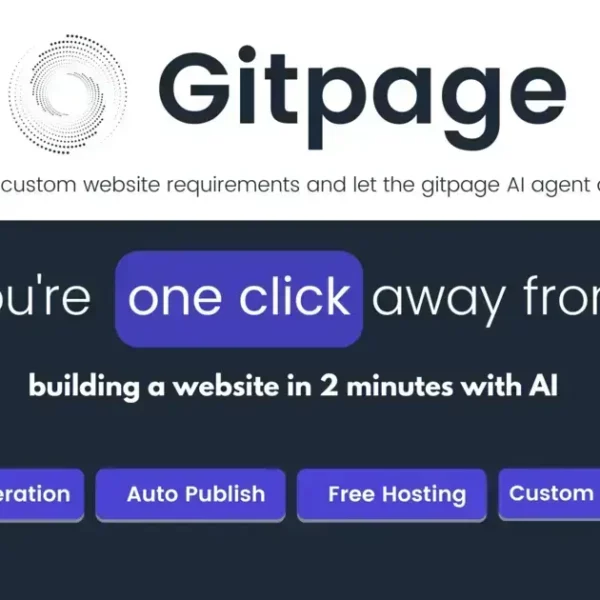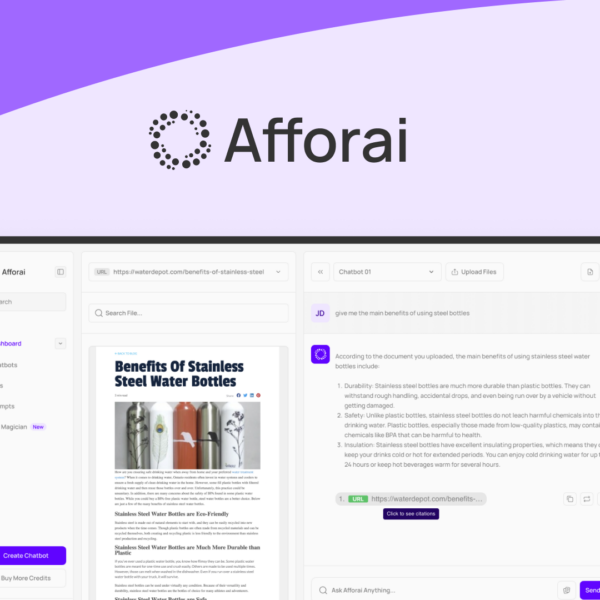If you’re exploring SaaS products, you’re in for a treat! These solutions can truly streamline your business, but with so many options out there, how do you sift through them to find a gem? Let’s dive in!
Research the Developer and the Company Behind the Product
Before choosing a SaaS product, it’s smart to research the developer and the company behind it. This can help you avoid pitfalls and find a trustworthy partner. Start by looking into the company’s history. Are they stable? Have they been around for a while? A company with a solid track record is likely to deliver better services.
Check Reviews and Ratings
Reviews and ratings online can tell you a lot about a SaaS product. Look for user feedback on sites like G2 or Capterra. See what people are saying about their experiences. This will help you get a good feel for the product’s reliability and user support.
Evaluate the Development Team
Who’s behind the product? Check out the team that develops the SaaS product. A good team should have a mix of skilled developers and experienced industry folks. Their backgrounds can show you if they understand your needs.
Explore Their Support Options
Support is crucial when using SaaS products. Look into what kind of customer support the company offers. Can you reach them easily? Do they provide live chat, phone support, or emails? Make sure that you can get help when you need it.
Understand Their Product Roadmap
A strong product roadmap shows what a company plans to improve in the future. Ask about updates and features that are coming down the line. This gives you confidence that the product will evolve and grow with your needs.
In the end, knowing the company behind the product can save you time and trouble. Taking the time to research will help you make a smart choice for your SaaS needs.
Check Recent Feature Rollouts

When you’re choosing a SaaS product, it’s important to check recent feature rollouts. New features can mean the product is active and improving. They can also show how well the company listens to its users.
Why Recent Features Matter
Recent features tell you a lot about the software’s growth. If a company adds features often, it shows they want to keep up with trends. This is a good sign that they’ll keep improving.
Look for User-Friendly Updates
Not all updates are created equal. Focus on changes that make the product more user-friendly. This can include new tools, better design, or improved performance. Features that enhance usability show that the company cares about your experience.
Stay Informed Through Release Notes
Most companies share release notes when they add new features. These notes explain what’s new and how it benefits users. Read them to know if the updates align with your needs.
Check the Community Feedback
Look online to see how users react to recent changes. Forums and social media can be great places to find reviews. Positive feedback often means the updates were helpful and well-received.
Consider Future Roadmaps
A good SaaS company should have a future roadmap. This roadmap will show upcoming features and improvements. Knowing what’s coming next can help you decide if this tool will meet your needs over time.
Review the Product Roadmap
When selecting a SaaS product, it’s crucial to review the product roadmap. This roadmap provides insights into the future of the software. It shows what features are planned and when they might be released.
Why Understand the Roadmap?
Understanding the roadmap helps you see if the software can grow with your needs. It’s important to pick a tool that will evolve over time. Products that hold back on features may not stay relevant.
Look for Key Features
Check for key features that matter to you. Are there updates coming that will enhance performance? New tools or integrations could be game changers. Make sure they align with your business goals.
Check the Timeline
Pay attention to the timeline presented in the roadmap. Knowing when to expect features can help you plan your workflow. If updates take too long, you might need to reconsider your choice.
Listen to User Feedback
User feedback on the roadmap can be very revealing. Check forums or communities where users discuss these plans. Their insights can help you gauge how well the developers listen.
Assess Company Commitment
A well-maintained roadmap shows that the company is committed to its product. If they frequently update it, that’s a good sign. It means they’re serious about improving the software.
Engage with Support for Clarity

Engaging with support is vital when evaluating a SaaS product. It helps you understand how well a company handles its customers. A strong support team can make your experience smoother.
Why Contact Support?
Before you buy, reach out to the support team. Ask questions about the product features and services. This gives you a taste of their responsiveness and knowledge.
Test Their Response Time
Response time says a lot about a support team. If they reply quickly, it shows they value their customers. Take note of how long it takes to get an answer.
Ask Specific Questions
Prepare specific questions about the software. For example, ask about integrations or setup processes. The clarity of their answers will show you how well they know the product.
Evaluate Communication Style
Pay attention to how support communicates. Are they friendly and helpful? Clear communication leads to better understanding and less confusion.
Inquire About Ongoing Support
Find out what ongoing support is offered after purchase. Do they provide training or tutorials? Having these resources can make your transition much easier.
Assess Your Current and Future Needs
Before choosing a SaaS product, it’s essential to assess your current and future needs. This step ensures the tool fits your business well now and in the long run.
Identify Current Challenges
Start by identifying the challenges your team faces. Consider what tasks are time-consuming or inefficient. Knowing these areas helps you find a tool that addresses them.
Define Your Goals
What are your business goals? Are you looking to grow your team or improve customer engagement? Defining clear goals will guide you in selecting the right SaaS solution.
Consider Scalability
Scalability is crucial for future growth. Choose a SaaS product that allows you to add users or features as needed. This flexibility can save you money and effort in the future.
Evaluate Integration Needs
Think about other tools your team relies on. Will the new SaaS product need to integrate with existing software? Check if it supports necessary integrations to keep your workflow smooth.
Plan for Future Changes
Business needs can change. Consider how adaptable the SaaS product is to new trends. A tool that can grow with you is a smart choice for the long term.




